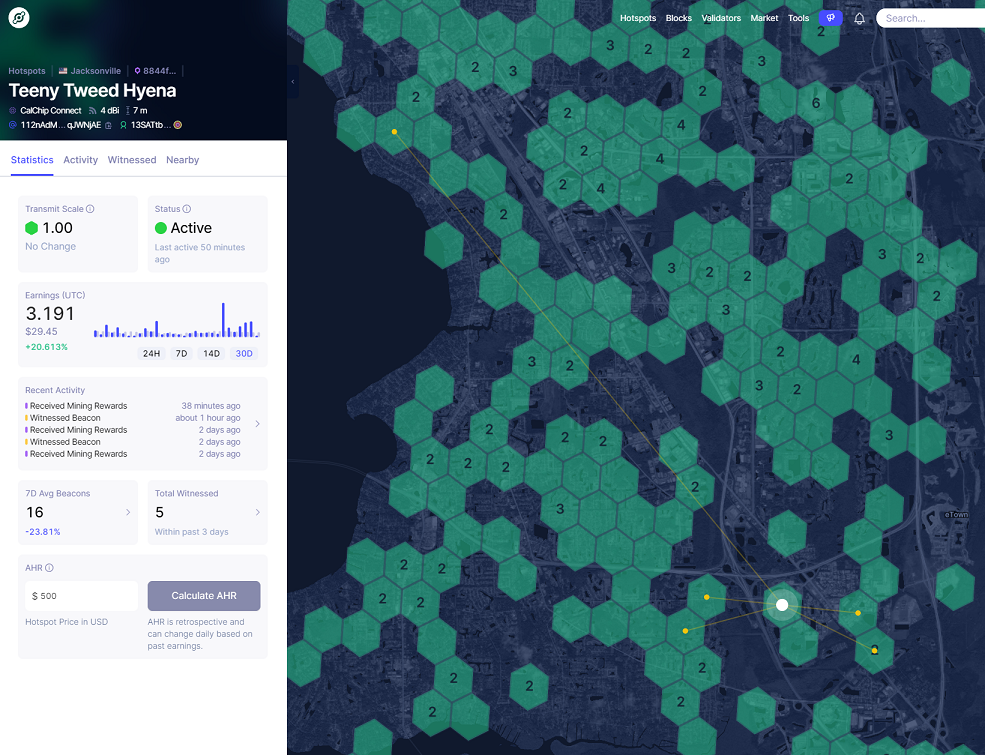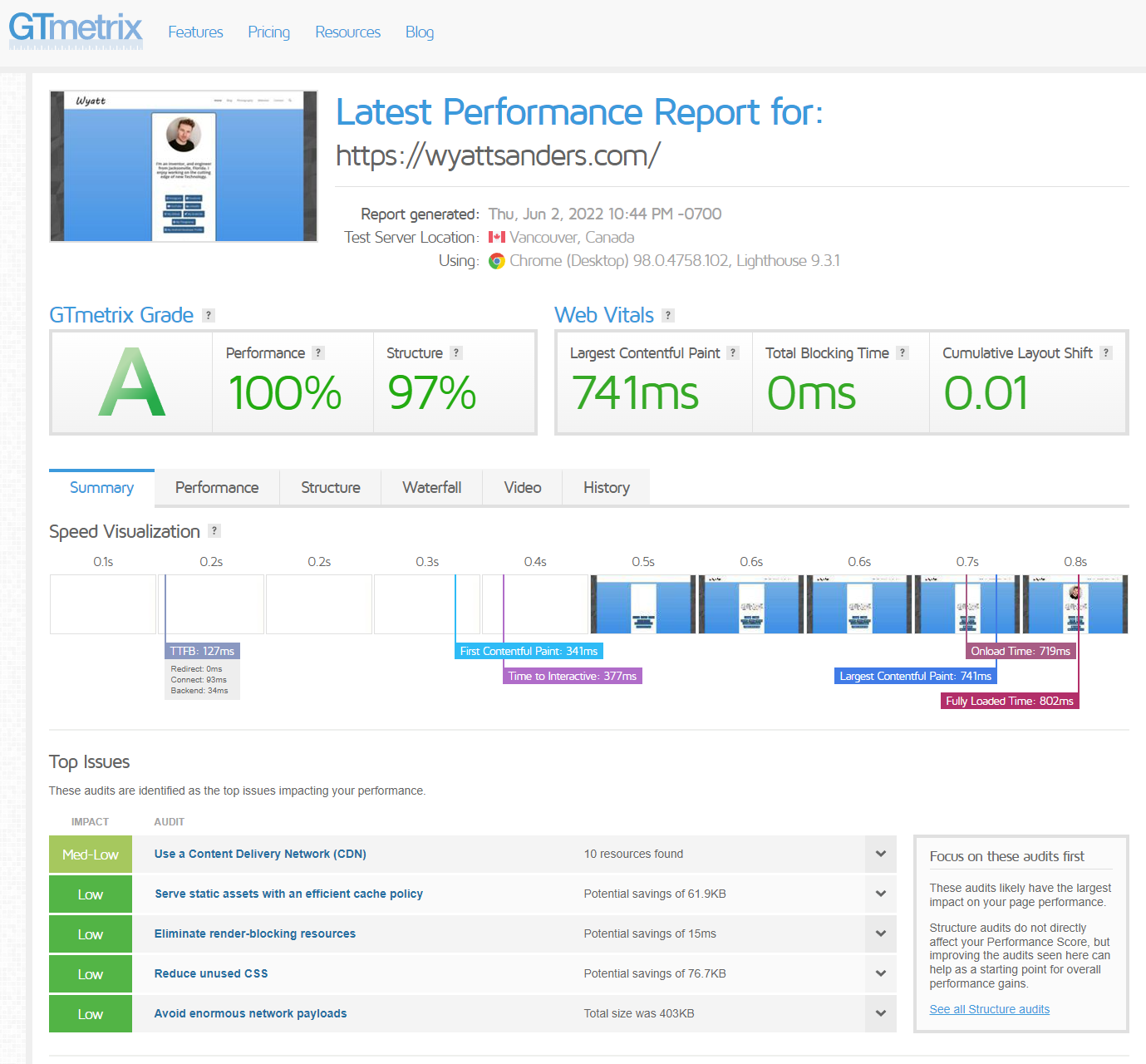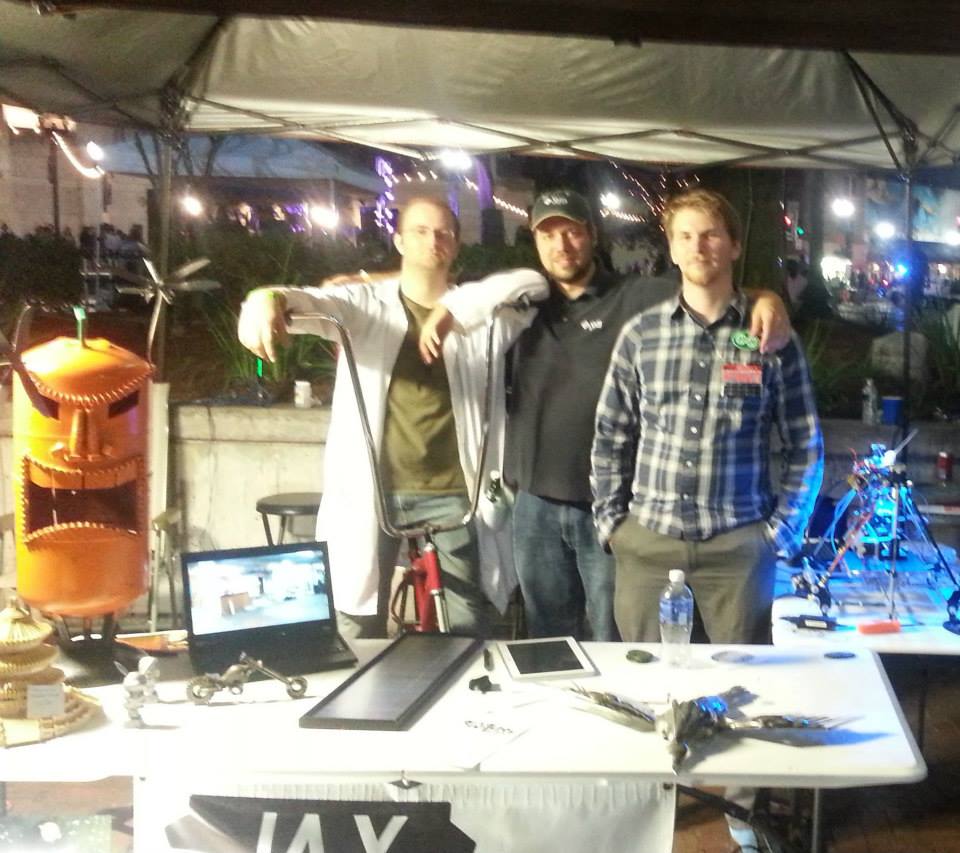Category: Computers
-

I competed in the Kitbash3D Mission to Minerva contest
I recently competed in a competition for Kitbash3D’s Mission to Minerva challenge. I’ve never actually worked professionally in photorealism or CGI before but I figured I could learn along the way during the competition. Honestly the prizes for the competition were pretty modest, the grand prize all together may have only been worth about $2,500…
-

Layer Zero Update
I installed a Layer Zero helium miner and not even a year later they have stopped sending my payments. It’s not because the antenna hasn’t been working I’ve maintained and monitored it, but the company just has stopped distributing payments. There’s plenty of people on social media and tiktok saying that you’ll get $1000’s of…
-

AI Content Writing
I’ve tried using Jasper.ai, it works sometimes but many of the responses lack the right context and or coherence for making good content unfortunately. However if you want to try Jasper yourself you can get 10k words when you use my promo link: https://jasper.ai?special=XB64oBl There’s also chrome extensions like HyperWrite which is a really good…
-

Chrome Manifest Version 3 with Websocket Server
I have been working on a chrome extension for a year. If you don’t know anything about chrome extensions or google platforms they are incredibly locked down, and have much fewer open features than are naturally available running code on your own computer. To be able to do certain advanced things from a chrome extension…
-

I mine cryptocurrency with a Helium Miner
Starting in January of 2022 I installed a Helium Miner on my roof. If you’ve never heard of Helium before, no I don’t mean the inert gas Helium. I’m talking about Helium the cryptocurrency. Everyone is familiar with Radio by now. Many people use WIFI, however like WIFI you can join the Helium LoRa radio…
-

-
I wrote a script that fixes all your Nginx sites to php8 on Ubuntu 21.10
I had a working webserver running LEMP (Linux, Nginx, Mysql, PHP) and I saw my Linode Linux VPS had a release upgrade. So I ran the Ubuntu “do-release-upgrade” command and after 15 minutes of updating it was updated, hooray! Except after rebooting, all my websites were dead with a 502 Nginx error. Upgrading from Ubuntu…
-
